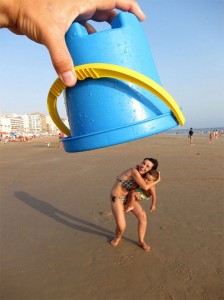Now that I have your attention… Does class size matter?
There has been an ongoing debate in education regarding class size. In researching for this post, there were many research articles that basically said size didn’t matter, and those who said it did. Want to read a book about the debate? Check out The Class Size Debate .
As I walk-through classrooms, I can see a distinct difference in classes that are in the 25 student range and those around 18. I use those numbers because in my building, I see a vast difference when class sizes reach 25. It doesn’t seem to matter whether the teacher is new, seasoned, focused on Math or LAL. They all report similar findings. Here are some of the responses, I have heard from teachers and students regarding higher class sizes.
Large class size
- I don’t have as much time to spend individually with students – Teacher
- My teacher always has to balance their time with all the other kids – Student
- There are more disruptions – Both teacher and student
Smaller class size
- I can help students who are struggling, and spend more time with them – Teacher
- My teacher can concentrate on me – Student
- There are less disruptions – Both teacher and student
What is the magic number? Is it different for different types of schools? Ages? Does technology assist or detract in this debate?






